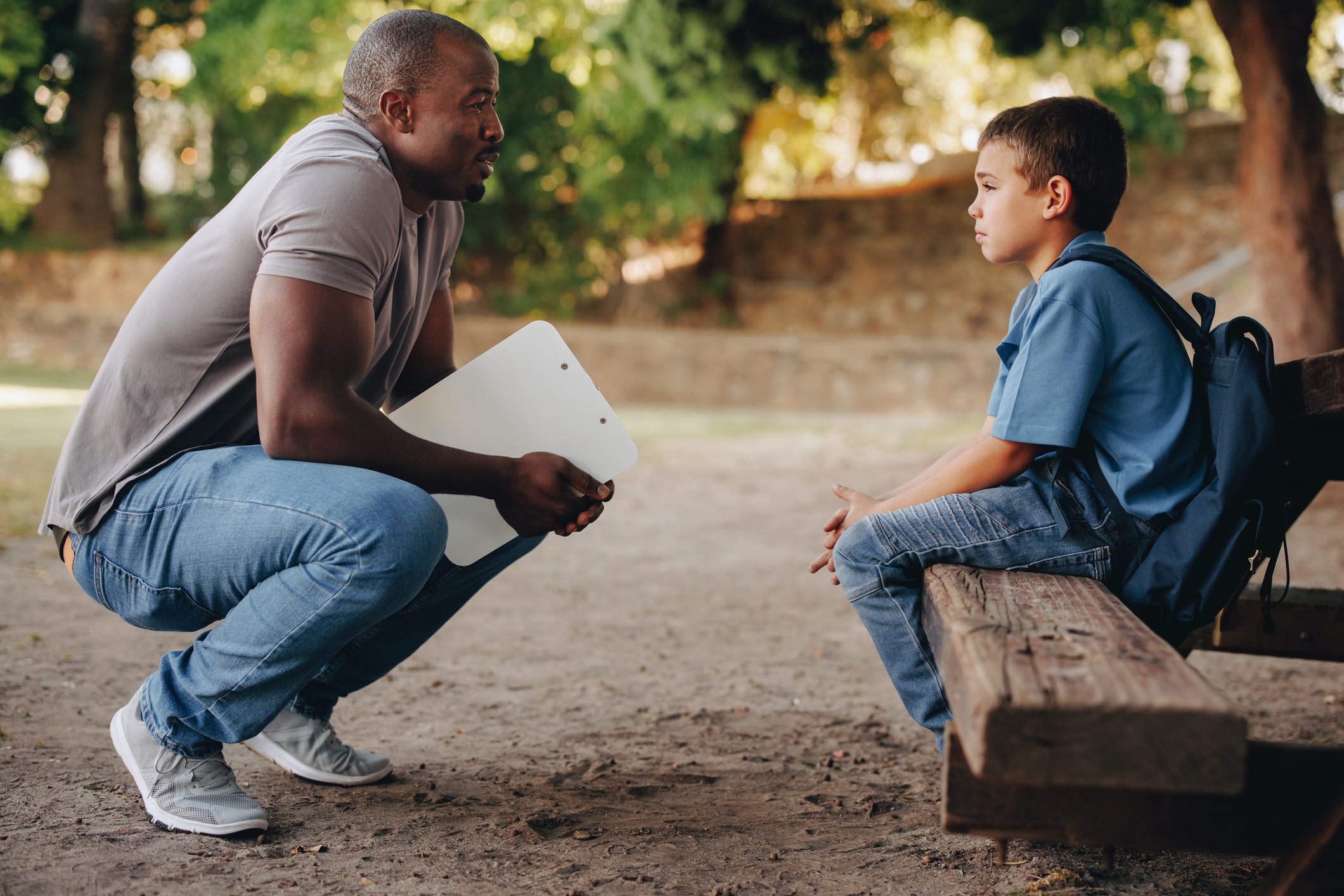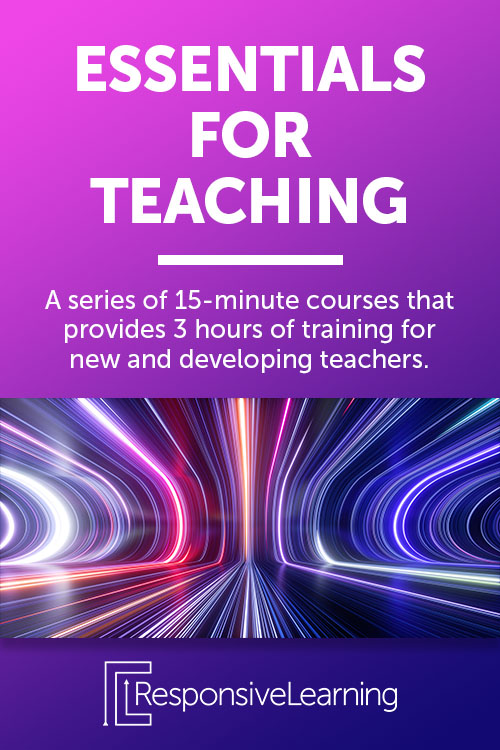Navigating the complex landscape of student behavior in an educational setting requires a nuanced understanding of the underlying issues that drive actions. Join us as we delve into these critical topics, exploring the intersection of trauma, behavior, and restorative practices. Our recent podcast episode, Beyond Behavior, features an enlightening conversation with Richard Heflin, an expert in educational strategies and student well-being for over 30 years. Learn about the impact of trauma on individuals and groups on your campus, and what administrators can do to build skills and capacity for addressing causes of challenging behavior on their campuses today.
Trauma’s Impact on Learning
Trauma isn’t just an event; it’s a moment that has a profound and lasting effect on an individual. Heflin emphasizes the physiological imprint that trauma leaves on a person, stating, “Trauma always has a physical, physiological effect that has some long-lasting adverse effects on that individual’s functioning.” This can manifest in several ways, from social and emotional difficulties to cognitive impairments. Particularly in young children, prolonged exposure to trauma can even alter brain development, affecting the prefrontal cortex and limbic system.
Recognizing Signs of Trauma in Students
Students who have experienced trauma may exhibit certain behaviors that can be misinterpreted as mere disciplinary issues. Heflin advises educators to look beyond the surface for red flags such as:
- Frequent visits to the nurse’s office for somatic complaints
- Changes in eating or sleeping patterns
- Heightened responses to minor incidents
These signs are often cries for help, signaling that a student is struggling with past trauma. Heflin notes, “Behavior is a form of communication,” urging educators to pay close attention to these non-verbal cues.
Restorative Practices in Education

Moving away from punitive measures, restorative practices offer a promising alternative for addressing student behavior. Heflin describes this approach as focusing on healing and community building rather than punishment. He advocates for the implementation of restorative practices, which can include:
- Learning circles to give students a voice
- Involving students in rule-making processes
- Addressing harm and providing opportunities for restitution
These practices not only address the immediate behavior but also work towards repairing relationships and fostering a supportive school environment.
Leading with Restorative Practices
For administrators looking to implement restorative practices, Heflin suggests starting with staff meetings and transforming them into circle times to model the approach. This practice gives everyone a voice, including those who may naturally be more reserved. It’s about “living life together in that school environment,” as Heflin puts it, and learning to manage behaviors constructively.
The Role of Educators and Administrators
Our discussion with Richard Heflin highlights the critical role educators play in shaping the lives of students. Heflin shares a personal anecdote to drive this point home, recalling a mentor who “never did answer a question directly but would always ask you questions that led you to the answer.” This method of guiding rather than telling can inspire students to find their paths, a philosophy that can be applied to managing behavior as well.
Final Thoughts
We understand the importance of addressing the root causes of behavior in educational settings. Through our podcast, we aim to equip educators with the knowledge and tools necessary to create a nurturing and effective learning environment. You can revisit the conversation with Richard Heflin on the Love, Sweat, & Tears podcast to explore the transformative power of understanding and responding to trauma with compassion and restorative practices.


